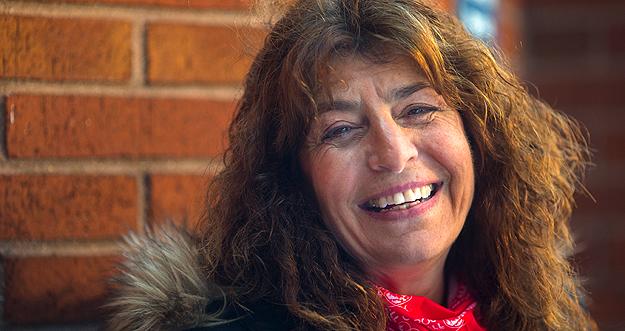What does the future look like?

A surprisingly large number of Americans believe that the future is predetermined. This is not the same as believing in a greater power — one that makes clear that “free will” plays a critical role in events. The belief that “what’s going to happen, will happen” paralyzes us from taking action—which is precisely what those in charge desire.
It is this belief that prevents people from challenging the status quo. It reduces us to being passive observers instead of active players in our destinies. It relegates us to a state of powerlessness, fatalism and submissiveness. It is a deadly construct.
“It is necessary that the weakness of the powerless is transformed into a force capable of announcing justice. For this to happen, a total denouncement of fatalism is necessary. We are transformative beings and not beings for accommodation.” – Paulo Freire |
There is no doubt that we face an uncertain future, as a variety of factors — some within our control, some beyond our immediate control, come to mind. NYSNA leaders — like many other unions and community organizations’ leaders—were obliged to develop a comprehensive global analysis of the state of things over the past year.
It isn’t feasible to develop a strategic plan without taking additional — and all encompassing — factors into account. So much is interconnected. It’s impossible to function in a vacuum.
Analysis
When we look at health care, we have to take into account the social determinants of health.
When we look at nursing, we have to examine how we are taught, trained, prepared and treated.
When we look at care delivery systems, we have to investigate funding (and types of revenue), functionality, availability, accessi-bility, safety, quality, and our own members’ roles in such systems.
When we look at the role of the union, we recognize that we can’t represent members, nor can we advocate for members and patients without integrating all of these factors into an operational plan.
This is why NYSNA, and all unions and community organizations, engage in political action, social justice campaigns, solidarity with other organizations, conduct educational workshops and provide an array of services and activities. We can’t stand alone, nor can we win alone.
The NYSNA Board of Directors, along with staff leadership developed a Strategic Plan (found on our website) taking all of these issues into account. We developed a comprehensive set of workshops leading to Convention so that members could be armed with the necessary information to make key decisions.
Action
What we do every day on the job has meaning beyond the direct care of our patients! The act of providing care, especially when we stand up for quality and safety, as we protect patients’ rights and our own rights as professionals, workers and human beings — all of this provides a valuable segment of a picture of what is possible. And, importantly, it illustrates what is wrong with the current paradigm.
No change can take place without the active participation of our members: what we do, what we say, how we act and react, what we fight for and what we struggle against. The very act of complaining — complaining has a notoriously bad reputation — is a first step to understanding that something is wrong. Leaders have the challenging job of helping to transform complaints into strategic action. Because it is only action that will foment change. We don’t always see it because it is a painstaking process, taking on the status quo, speaking truth to power.
Coordinated action
People vote for a union to make life better for the members. We do this by having a collective voice — and muscle — to confront the employer and the system that serves as an obstacle to these goals. In our case, the union also plays a key role in enhancing the service we provide to the public — the gestalt of nursing: patient advocacy.
The union collective pools our individual actions, concerns and ideas into a set of demands and a plan to achieve these demands. Most of our work takes place on the job, but more and more we find we need to reach beyond the walls of our hospitals to seek improvements. We engage with our community, with elected leaders and with the social movements of our times because these elements are determinant in facilitating the social changes that must take place for us to achieve even minor gains.
| “Democracy is not just the right to vote, it is the right to live in dignity.” – Naomi Klein |
This epoch of “The Triple Pandemic:” COVID, Economic Collapse, and Institutionalized Racism has made collective action a social imperative. The overarching issue of Climate Change — the existential crisis facing our world from which there is no “fixing” if not addressed — looms high over all three. Workplace action, street action, inter-personal action and voting action — all are essential as we are swept up into the whirlwind of our times.
Which way will we go
Now, more than ever, we have the capability to determine our survival… or our demise. As nurses, as a union, as citizens, as human beings, we have the power to choose and to act.
| “We have a choice. We can embrace our humanness, which means embracing our broken natures and the compassion that remains our best hope for healing. Or we can deny our brokenness, forswear compassion, and, as a result, deny our own humanity.” – Bryan Stevenson |